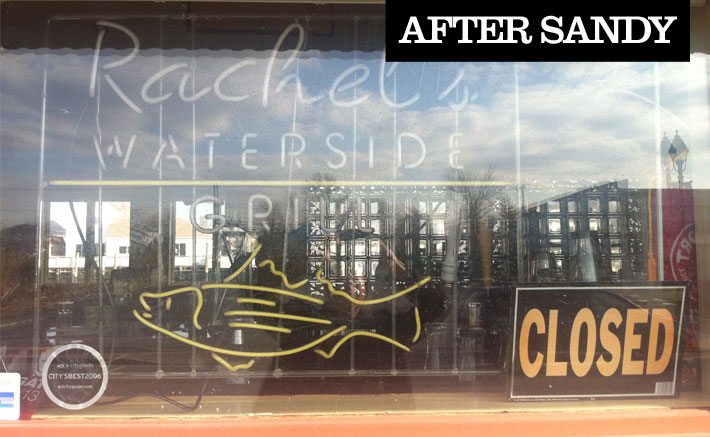
In the Woodbury office of his company, John Cameron leans forward at his desk to make a point about the unsettled state of the current Long Island economy. On the wall behind him is a framed color photograph of a surfer fearlessly threading the pipeline of a huge dark-blue wave curling off the north coast of Maui at a reef break called Jaws. Cameron himself surfs in calmer waters, particularly in Long Beach, whenever he can climb on a board. He has enough to do just riding out the business cycles—and it’s no secret how rough it’s been these last few years, especially here.
Besides being the founder and managing partner of Cameron Engineering, he also chairs the Long Island Regional Planning Council. Combine those two responsibilities and he probably has his finger on the pulse of all the major projects on the Island today, whether in progress, in planning, or just a gleam in a developer’s eye. As with a lot of LI firms, Cameron says that 2009 “was the worst year we had in 27 years.”
In the third quarter of 2010, he saw some improvement overall, but the private sector “was stalled.” This year began better because “the private side is starting to pick up a little bit, but no great guns,” he says with a shrug. And with layoffs of public employees looming constantly, he’s not sure when he’ll see a healthy rebound. But don’t call Cameron a prophet of doom and gloom.
“The economy is stronger now than it was two years ago, for sure,” Cameron says. “I see some people with money looking to do some things, which they weren’t doing six months ago, so I’m hopeful that some bigger things can get off the ground,” he adds.
Sharing his optimism somewhat is Chris Giamo, regional president of TD Bank.
“I think we’re in a long, slow, protracted recovery,” he says. His bank, which is “very bullish on expanding locally,” he adds, opened six locations on LI last year, and “the coming year we plan to open another five or six.”
But people dependent on the vagaries of the real estate market—once LI’s pride and joy—sound like they’re stuck in purgatory, as mortgage delinquencies (those Long Islanders who’ve fallen behind on their payments by three months or more) hit 10 percent in July compared to 7.5 percent in 2009; the number of residential foreclosures rose to 20,767 as of mid-October, more than 28 percent of the state’s total; and for the sixth month in a row employment declined compared to the year before.
“Nobody’s doing great,” says a public relations consultant with many clients in real estate. “Confidence is being shaken by the gyrations in the stock market, and nobody wants to move forward. I know when I entered last year I was very optimistic, with a lot of irons in the fire, but very few I was actually able to pull out. It’s tough. You can only go so long without making money. You hope things will pick up, but where? You talk to people around the Island, and I think you’ll get the same impression.”
“Financing is definitely tougher than it was,” Cameron says, “but I don’t think it’s impossible for the financially strong…and for the right deal.” He believes that the commercial market is “saturated” right now, adding with some finality in his voice, “You’re not going to have people building a new office building. That’s not happening.”







